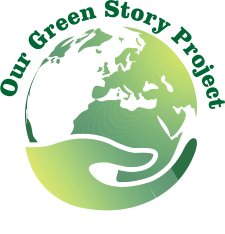Air and Water Quality
Air Quality
By the 1960s it was obvious that pollutants produced by humans were overloading natural cleansing process in the atmosphere. The unrestricted discharge of pollutants into the atmosphere could no longer be tolerated. By EPA estimates, the amount of air toxics emitted annually into the air in the United States is around 4.7 tons. These come from stationary sources ( factories, refineries, power plants) mobile sources ( cars, trucks, buses ) and indoor sources (solvents, building materials). Cancer and other adverse health effects, environmental contamination, and catastrophic chemical accidents are the major concerns associated with this category of pollutants.
A 2011 study conducted by the American Lung Association advised that new government regulations have been introduced to combat air pollution. Decreasing environmental pollution is now considered a key element in reducing Health Problems in the United States. However, despite these regulations, nearly half the U.S. population ( 154 million people ) are exposed to dangerous air toxins on a daily basis.
Water Quality
Water is absolutely fundamental to life as we know it. Happily, Earth is virtually flooded with water. About 97.5% is the saltwater of the oceans and seas. The remaining 2.5% is freshwater. This is the water on which most terrestrial biota, (animals and plants) ecosystems, and humans depend, of the 2.5% though, two thirds is bound up in the polar ice caps and glaciers. Thus, only 0.77% of all water is found in lakes, wetlands, rivers, groundwater, biota, soil, and the atmosphere.
As water percolates through the soil, debris and bacteria from the surface are generally filtered out. Thus, groundwater is generally high-quality freshwater that is safe for drinking. A few exceptions occur when the groundwater leaches minerals containing sulfide, arsenic, or other poisonous elements that make the water unsafe to drink.
Water pollution is the contamination of water bodies (e.g. lakes, rivers, oceans, aquifers and groundwater). This form of environmental degradation occurs when pollutants are directly or indirectly discharged into water bodies without adequate treatment to remove harmful compounds.
Links
Iowa Department of Natural Resources – Iowadnr.gov
Department of Environmental Quality – Nebraska – Deq-state.ne.us
Iowa Conservation Reserve Enhancement Program – iowacrep.org/water-quality-issues

